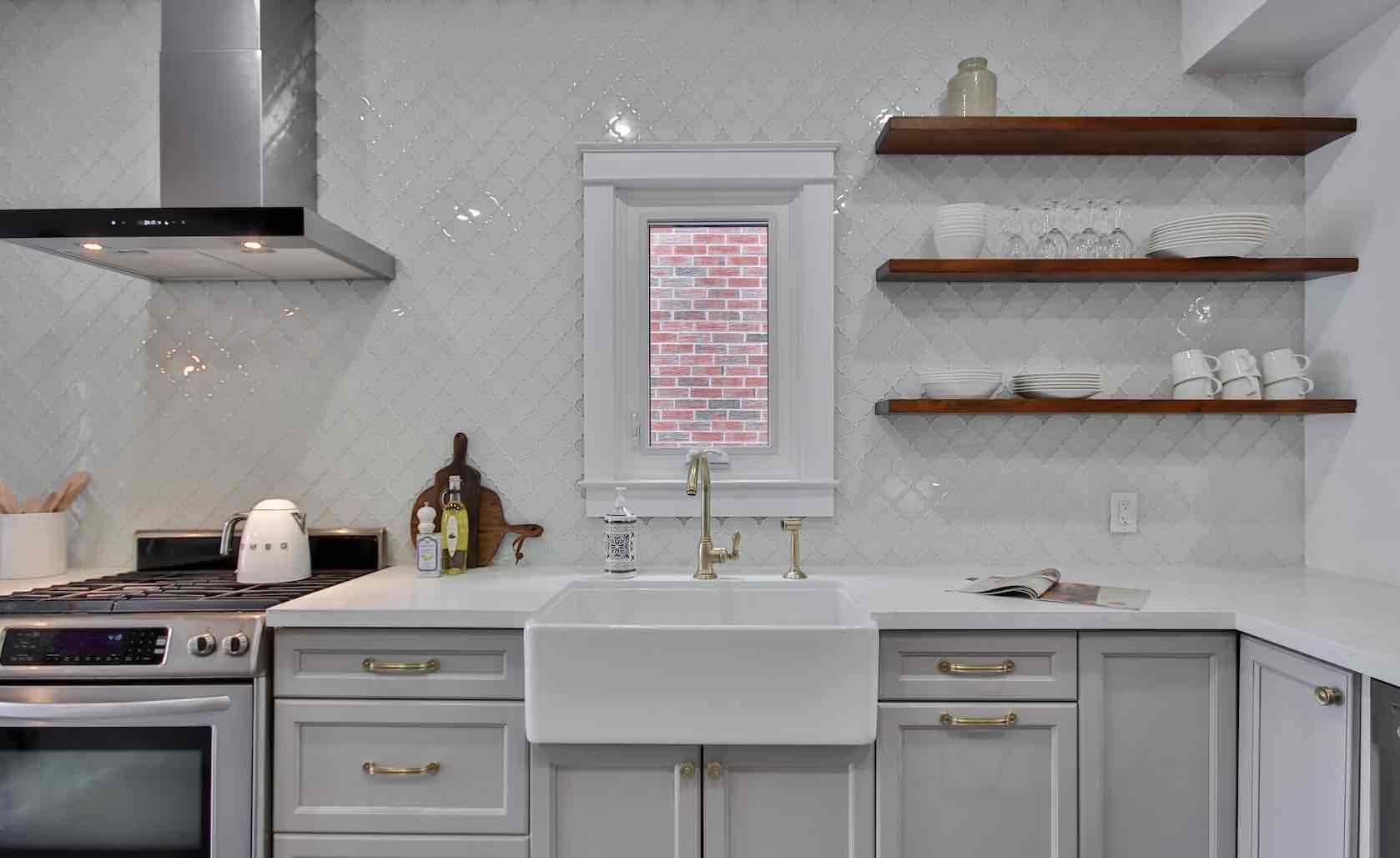
16 Jun Water Damage Preparedness: Creating a Comprehensive Plan for Your Home
Water damage can be a distressing and costly experience for homeowners. Whether caused by a burst pipe, a leaking roof, or a natural disaster, having a plan in place for dealing with water damage is essential.
In this article, we will explore the importance of creating a comprehensive plan for when you have water damage in your home, offering new ideas and advice to help you navigate this challenging situation and minimize the impact on your property.
- Assessing Potential Risks: The first step in creating a water damage plan is to assess the potential risks in your home. Identify areas where water damage is more likely to occur, such as basements, attics, bathrooms, and areas with plumbing fixtures. Evaluate the condition of your roof, pipes, and appliances to determine any potential vulnerabilities. By understanding the risks specific to your home, you can develop strategies to mitigate them effectively.
- Insurance Coverage Review: Reviewing your insurance coverage is crucial when creating a water damage plan. Ensure that your homeowner’s insurance policy adequately covers water damage and related issues. Familiarize yourself with the specific terms, conditions, and coverage limits of your policy. Consider adding additional coverage, such as flood insurance, if you live in an area prone to flooding. Being aware of your insurance coverage will help you understand the financial aspect of water damage restoration and make informed decisions during the recovery process.
- Emergency Contact Information: Compile a list of emergency contact numbers and store it in a readily accessible location. Include contact information for your insurance company, a trusted water damage restoration company, local authorities, and utility companies. Having this information readily available will enable you to take immediate action and seek assistance when faced with water damage.
- Documenting Your Property: Creating a comprehensive inventory of your belongings is essential for insurance claims and restoration purposes. Take detailed photographs or videos of each room, including valuable items, furniture, and electronics. Store this documentation in a secure location, such as a cloud-based storage service or a fireproof safe. Maintaining an up-to-date record of your possessions will facilitate the claims process and ensure you receive proper compensation for damaged or lost items.
- Water Shut-Off Valve Location: Familiarize yourself with the location of the main water shut-off valve in your home. Knowing how to turn off the water supply quickly can help mitigate further damage in the event of a burst pipe or plumbing emergency. Educate all household members about the location of the shut-off valve and provide instructions on how to turn it off properly. Consider placing a tag or label near the valve for easy identification.
- Water Damage Restoration Company: Research and identify a reputable water damage restoration company in your area before an emergency occurs. Read customer reviews, check their credentials, and ensure they have experience in handling various types of water damage. Keep their contact information handy in your emergency contact list. Establishing a relationship with a reliable restoration company in advance will save you time and stress during an emergency.
- Emergency Evacuation Plan: In some cases, water damage may be severe enough to require temporary evacuation from your home. Create an emergency evacuation plan and discuss it with all household members. Determine a meeting point outside the home and establish communication protocols in case of separation. Pack an emergency bag with essential items like clothing, medication, important documents, and supplies for children or pets. Having a well-thought-out evacuation plan ensures the safety and well-being of your family during a water-related emergency.
Conclusion
Creating a comprehensive plan for water damage in your home is a proactive approach to minimize the impact of such incidents.
